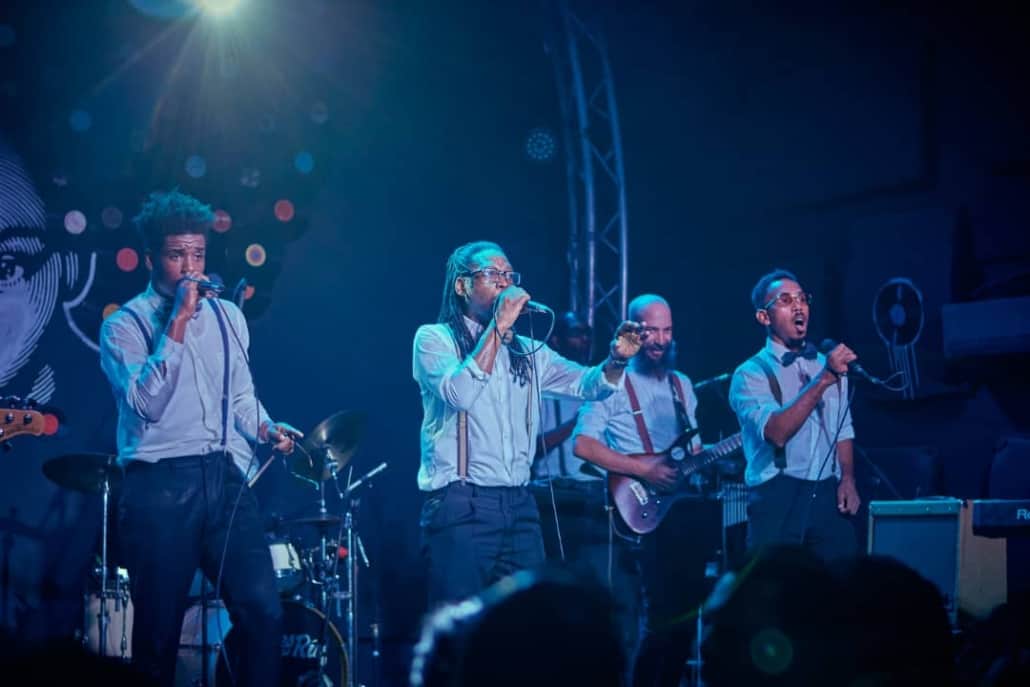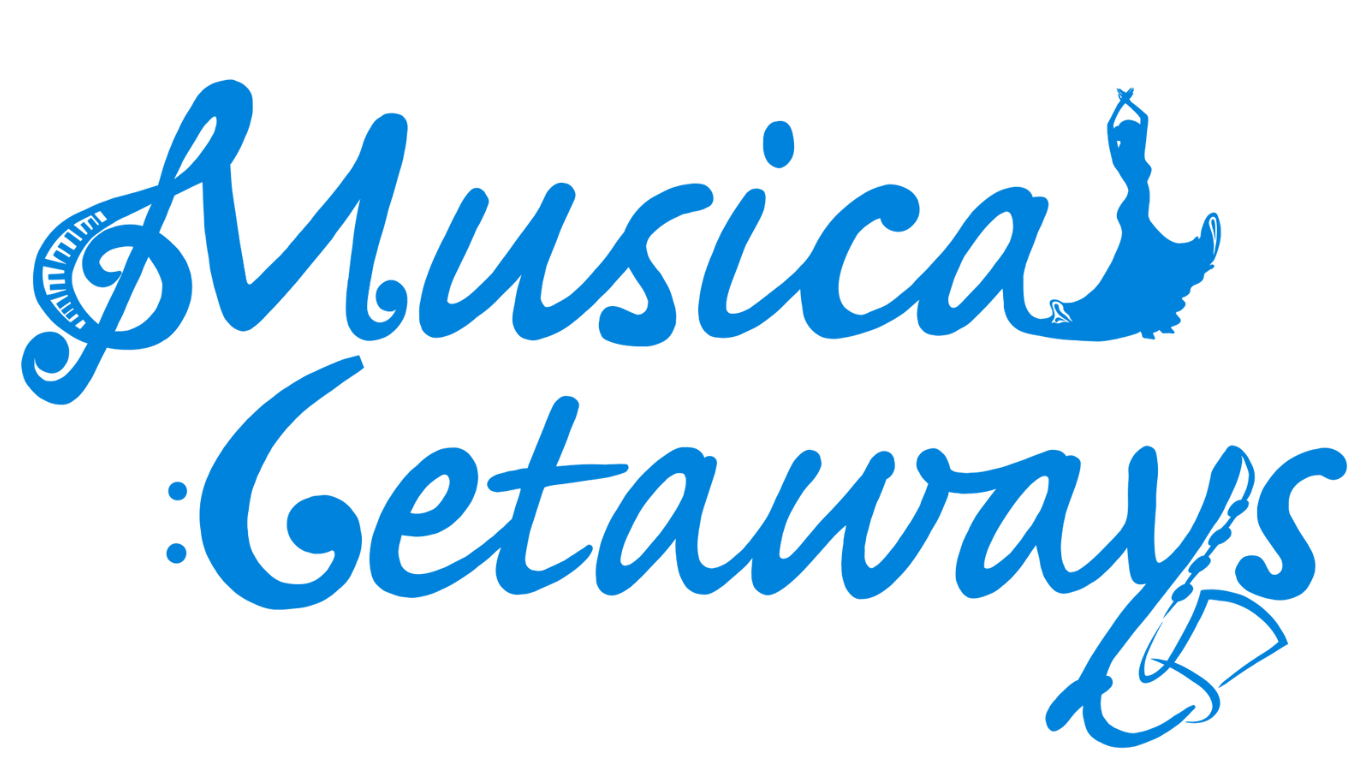The most popular travel licenses for U.S. Citizens going to Cuba.
Cuba Travel Licenses for Americans
By Chaz Chambers(Musician, Tour Guide Leader, and Director of Havana Music Tours and Musical Getaways)
Support for the Cuban People is one of the most popular and legal general licenses under the US Treasury Department for United States Citizens to travel to Cuba. But it’s not the only one. There are 11 licenses for travel to Cuba, so let’s make this simple for you.
*The OFAC licenses you could easily use to travel to Cuba are highlighted in bold.
- Family visits
- Official business of the U.S. government, foreign governments, and certain intergovernmental organizations
- Journalistic activity
- Professional research and professional meetings
- Educational activities
- Religious activities
- Public performances, clinics, workshops, athletic and other competitions, and exhibitions
- Support for the Cuban people
- Humanitarian projects
- Activities of private foundations or research or educational institutes
- Exportation, importation, or transmission of information or informational materials; and certain authorized export transactions.
Professional research and professional meetings License
Depending on what you do for a living or what you want to do for a living (professionally) you can travel to Cuba to meet with people and certain organizations to further research your work or your future work. For example… I am a professional drummer and a tour operator owner. I can travel to Cuba under this license and meet with musicians, musical institutes, travel agencies, etc. I can also do research by going out to music venues and researching music culture, rhythms, styles, etc. Check out this video I made on my VLOG talking about this license and if Americans can go to the beach in Cuba.
Educational activities License
Group People to People is the preferred license for U.S. travelers but must be accomplished with an organized and legal tour operator, like us!
Here are the rules from OFAC:
- “Persons subject to U.S. jurisdiction may not travel to Cuba to engage in “people-to-people” educational exchanges on an individual basis. However, group people-to-people travel is generally authorized for educational activities, subject to certain conditions. Effective June 9, 2022, OFAC amended 31 CFR § 515.565(b) to authorize group people-to-people educational travel conducted under the auspices of an organization that is subject to U.S. jurisdiction and that sponsors such exchanges to promote people-to-people contact, provided such travelers are accompanied by an employee, paid consultant, or agent of the sponsoring organization. Travel-related transactions authorized pursuant to § 515.565(b) must be for the purpose of engaging, while in Cuba, in a full-time schedule of activities that are intended to enhance contact with the Cuban people, support civil society in Cuba, or promote the Cuban people’s independence from Cuban authorities; and will result in meaningful interactions with individuals in Cuba.”
Public performances, clinics, workshops, athletic and other competitions, and exhibitions
This license that you will almost never hear a travel agency talking about. Mostly because it is almost impossible for them to facilitate these sorts of activities. I think this is also what makes our tour company unique and how we deal with music, music festivals, and musicians. Most of our travel will now include this license and its activities along with the Support for the Cuban people license. This license is also freer than other licenses to travel to Cuba. As in, there is no requirement for a full-time itinerary. Though we still maintain a full-time itinerary for our tours, it isn’t particularly necessary. Here is the information directly from OFAC:
- (a) General license for amateur and semi-professional international sports federation competitions. The travel-related transactions set forth in §515.560(c) and such other transactions as are directly incident to participation in athletic competitions in Cuba by amateur or semi-professional athletes or athletic teams, or organization of such competitions, are authorized, provided that:
- (1) The athletic competition in Cuba is held under the auspices of the international sports federation for the relevant sport;
- (2) The U.S. participants in the athletic competition are selected by the U.S. federation for the relevant sport; and
- (3) The competition is open for attendance, and in relevant situations, participation, by the Cuban public.
- (b) General license for public performances, clinics, workshops, other athletic or non-athletic competitions, and exhibitions. The travel-related transactions set forth in §515.560(c) and such other transactions as are directly incident to participation in or organization of a public performance, clinic, workshop, athletic competition not covered by paragraph (a) of this section, non-athletic competition, or exhibition in Cuba by participants in or organizers of such activities are authorized, provided that the event is open for attendance, and in relevant situations participation, by the Cuban public.
- Example 1 to §515.567(a) and (b): An amateur baseball team wishes to travel to Cuba to compete against a Cuban team in a baseball game in Cuba. The game will not be held under the auspices of the international sports federation for baseball. The baseball team’s activities therefore would not qualify for the general license in paragraph (a). The game will, however, be open to the Cuban public. The baseball team’s activities would qualify for the general license in paragraph (b).
- Example 2 to §515.567(a) and (b): A U.S. concert promoter wishes to organize a musical event in Cuba that would be open to the public and feature U.S. musical groups. The organizing of the musical event in Cuba by the U.S. concert promoter and the participation by U.S. musical groups in the event would qualify for the general license in paragraph (b).
- Note 1 to §515.567(a) and (b): Each person relying on the general authorizations in these paragraphs must retain specific records related to the authorized travel transactions. See §§501.601 and 501.602 of this chapter for applicable recordkeeping and reporting requirements.
- Note 2 to §515.567(a) and (b): Transactions incident to the organization of amateur and semi-professional international sports federation competitions and public performances, clinics, workshops, other athletic or non-athletic competitions, and exhibitions include marketing related to such events in Cuba.
- (c) An entire group does not qualify for the general license in paragraph (a) or (b) of this section merely because some members of the group qualify individually.
- (d) Nothing in paragraph (a) or (b) of this section authorizes a direct financial transaction prohibited by §515.209.
- (e) Specific licenses. Specific licenses may be issued on a case-by-case basis authorizing the travel-related transactions set forth in §515.560(c) and such other transactions as are related to public performances, clinics, workshops, athletic and other competitions, and exhibitions that do not qualify for the general licenses under paragraphs (a) or (b) of this section.
Support for the Cuban People
Don’t want to travel with Havana Music Tours? You don’t have to!! This is the license to use if you want to travel without a group to Cuba. Though you can use the others as well, this one is the most popular.
For this license, like almost all other licenses you will need a full-time itinerary, keep your receipts for 5 years, avoid spending money at places on the Cuba Restricted List, and make sure you are ACTUALLY Supporting the Cuban people. How do you do that? Buy doing business at privately owned places, like Paladares (Private Restaurants), staying in Casa Particulares (Airbnb, Bed, and Breakfast, etc), having and paying for breakfast in your casa, and generally making an itinerary that utilizes as many privately owned entities, people, businesses as possible in Cuba. Here is the OFAC license information from their website to understand more:
- (a) General license. The travel-related transactions set forth in §515.560(c) and other transactions that are intended to provide support for the Cuban people are authorized, provided that:
- (1) The activities are of:
- (i) Recognized human rights organizations;
- (ii) Independent organizations designed to promote a rapid, peaceful transition to democracy; or
- (iii) Individuals and non-governmental organizations that promote independent activity intended to strengthen civil society in Cuba; and
- (2) Each traveler engages in a full-time schedule of activities that:
- (i) Enhance contact with the Cuban people, support civil society in Cuba, or promote the Cuban people’s independence from Cuban authorities; and
- (ii) Result in meaningful interaction with individuals in Cuba.
- (3) The traveler’s schedule of activities does not include free time or recreation in excess of that consistent with a full-time schedule.
- Note 1 to paragraph (a): Each person relying on the general authorization in this paragraph must retain specific records related to the authorized travel transactions. See §§501.601 and 501.602 of this chapter for applicable recordkeeping and reporting requirements.
- Note 2 to paragraph (a): Staying in a room at a rented accommodation in a private Cuban residence (casa particular), eating at privately-owned Cuban restaurants (paladares), and shopping at privately-owned stores run by self-employed Cubans (cuentapropista) are examples of activities that qualify for this general license. However, in order to meet the requirement for a full-time schedule, a traveler must engage in additional authorized Support for the Cuban People activities.
- (b) An entire group does not qualify for the general license in paragraph (a) of this section merely because some members of the group qualify individually.
- (c) Certain direct financial transactions restricted. Nothing in paragraph (a)(1)(iii) of this section authorizes a direct financial transaction prohibited by §515.209, with the exception of transactions on behalf of a non-governmental organization.
- (d) Specific licenses. Specific licenses may be issued on a case-by-case basis authorizing the travel-related transactions set forth in §515.560(c) and such other transactions as are related to support for the Cuban people that do not qualify for the general license under paragraph (a) of this section.
- Example 1 to §515.574: An individual plans to travel to Cuba, stay in a room at a rented accommodation in a private Cuban residence (casa particular), eat at privately-owned Cuban restaurants (paladares), and shop at privately-owned stores run by self-employed Cubans (cuentapropista) during his or her four-day trip. While at the casa particular, the individual will have breakfast each morning with the Cuban host and engage with the Cuban host to learn about Cuban culture. In addition, the traveler will complete his or her full-time schedule by supporting Cuban entrepreneurs launching their privately-owned businesses. The traveler’s activities promote independent activity intended to strengthen civil society in Cuba. Because the individual’s qualifying activities are not limited to staying in a room at a rented accommodation in a private Cuban residence (casa particular), eating at privately-owned Cuban restaurants (paladares), and shopping at privately owned stores run by self-employed Cubans (cuentapropista) and the traveler maintains a full-time schedule that enhances contact with the Cuban people, supports civil society in Cuba, and promotes the Cuban people’s independence from Cuban authorities, and that results in meaningful interaction between the traveler and Cuban individuals, the individual’s travel qualifies for the general license.
- Example 2 to §515.574: A group of friends plans to travel and maintain a full-time schedule throughout their trip by volunteering with a recognized non-governmental organization to build a school for underserved Cuban children with the local community. In their free time, the travelers plan to rent bicycles to explore the streets of Havana and visit an art museum. The travelers’ trip would qualify for the general license because the volunteer activities promote independent activity intended to strengthen civil society in Cuba and constitute a full-time schedule that enhances contact with the Cuban people and supports civil society in Cuba, and results in meaningful interaction between the travelers and individuals in Cuba.
- Example 3 to §515.574: An individual plans to travel to Cuba, rent a bicycle to explore the neighborhoods and beaches, and engage in brief exchanges with local beach vendors. The individual intends to stay at a hotel that does not appear on the Cuba Restricted List (see §515.209). The traveler’s trip does not qualify for this general license because none of these activities promote independent activity intended to strengthen civil society in Cuba.
I am not an attorney, so please make sure to understand all of the rules completely before traveling to Cuba. This blog is to help share correct information about traveling to Cuba. We recommend you read all of the information directly from OFAC, by clicking this link. Also, please refer to the Cuba Restricted List for a list of government entities on that you are not allowed to spend money.
Join us for an unforgettable tour of Cuba. Book your CubaTour Now!
Also, check out our Ultimate Cuba Travel Checklist (Updated January 2022)
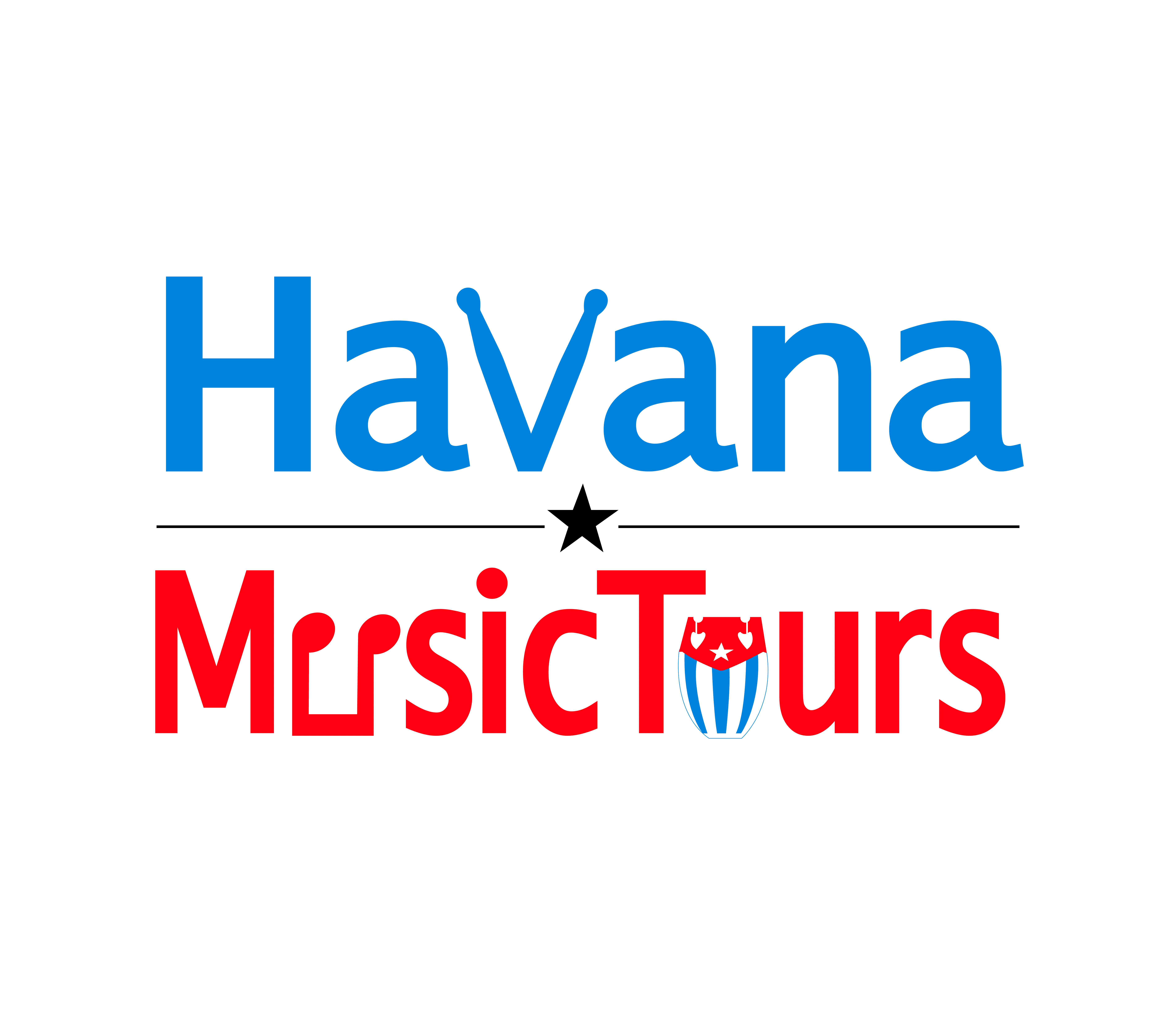
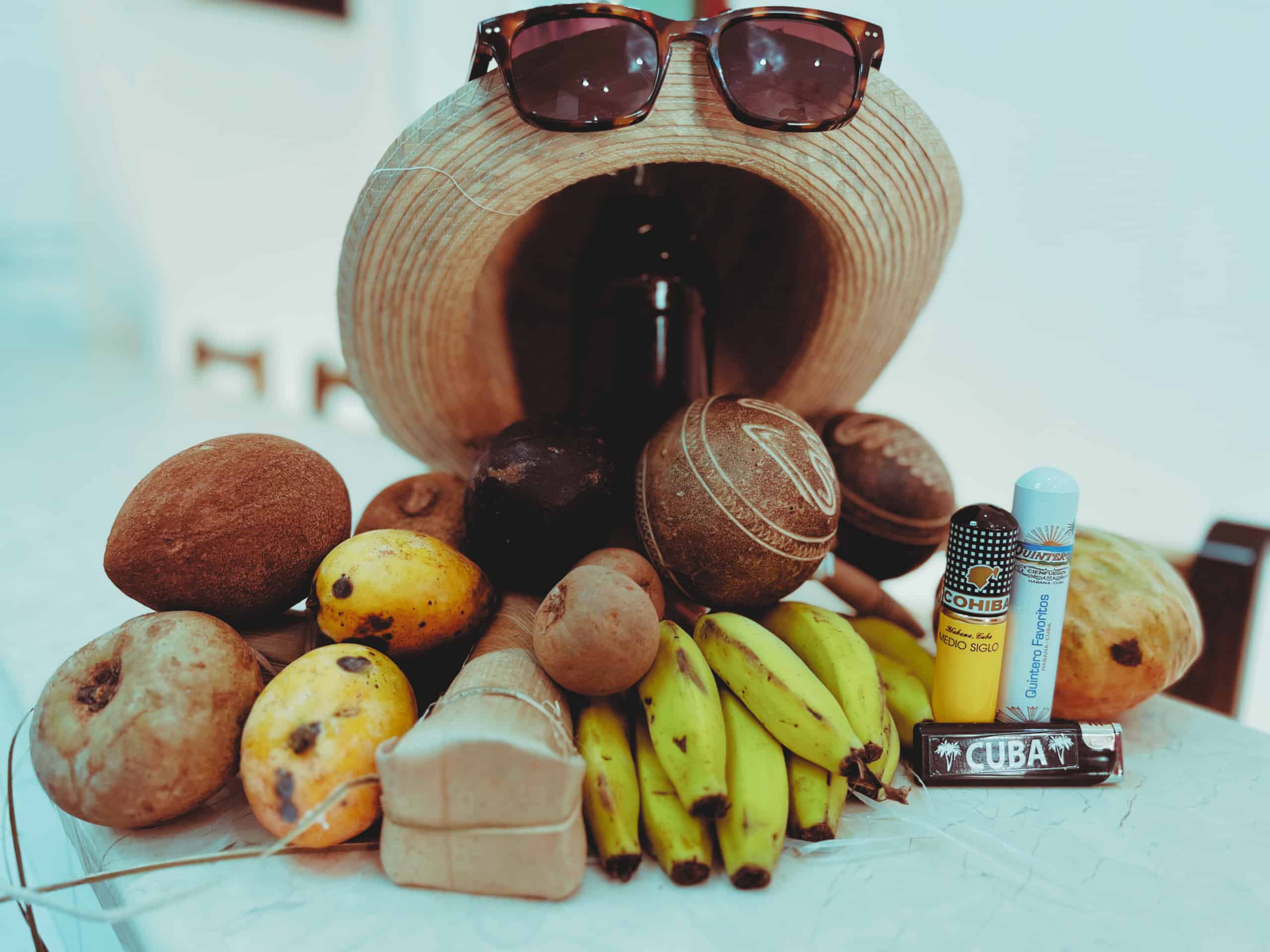
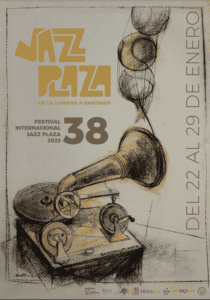 The 38th edition of the Havana Jazz Plaza Festival will take place next January from the 22nd to the 29th in cities like Havana and Santiago de Cuba. The festival will be represented by the free spirit of jazz and visual arts, which is reflected in the event’s promotional poster by famous Cuban artist Arturo Montoto.
The 38th edition of the Havana Jazz Plaza Festival will take place next January from the 22nd to the 29th in cities like Havana and Santiago de Cuba. The festival will be represented by the free spirit of jazz and visual arts, which is reflected in the event’s promotional poster by famous Cuban artist Arturo Montoto.